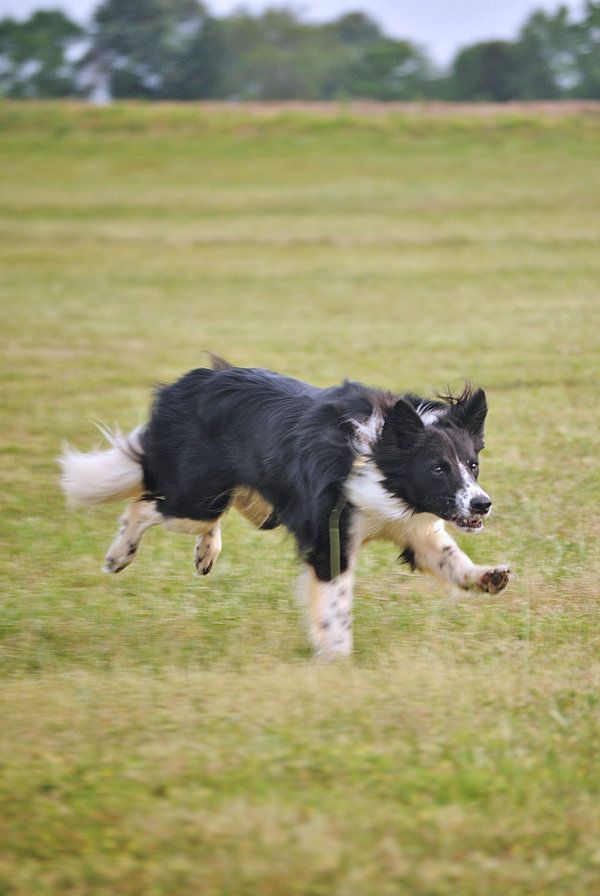Border Collies are full of energy because they were selectively bred to be herding dogs so let’s discuss how to tire out a border collie!
There are many ways of tiring out your border collie which we will be exploring in this post so keep reading.
Having a tired border collie is the best way to have a well-behaved pup so let’s discuss…
It’s simple to overwork a border collie, which might cause long-term injury.
Multiply the number of months your border collie is by 5 minutes to figure out how often you should exercise him.
The “5-minute rule” is what it’s called. Maintain this time restriction for your border puppy’s exercise session.
This rule should not apply to border collies above 5 to 6 months of age.
Here are some common activities that will you tire out or drain the high energy of your border collie:
This is one of the most effective ways of getting your border collie’s energy drained on a very good day.
If misused, this can be a very big problem for your border collie as it can cause muscle soreness which will be bad.
You can use a ball, sturdy rope, or stick and keep your border collie busy.
Throw the rope, stick, or ball and ask your border collie to retrieve it. You can also ask your border collie to heel or sit before throwing the ball.
5 to 8 rap depending on the age of your border collie is good enough to drain his energy, also the distance covered should be considered.
Do not over-stress them with too many raps to avoid muscle soreness. You can search on YouTube to see how to play a fetch game.
You can set up a small barrier in your backyard and let your border collie jump over the barrier back and front.
You can also teach your border collie to run around the barrier and not jump over it, after which you can stand on one end and ask your border collie to go on a run.
Remember to take it easy on your border collie until he learns to run around the barrier or jump over the barrier, then always reward him each time he gets it right.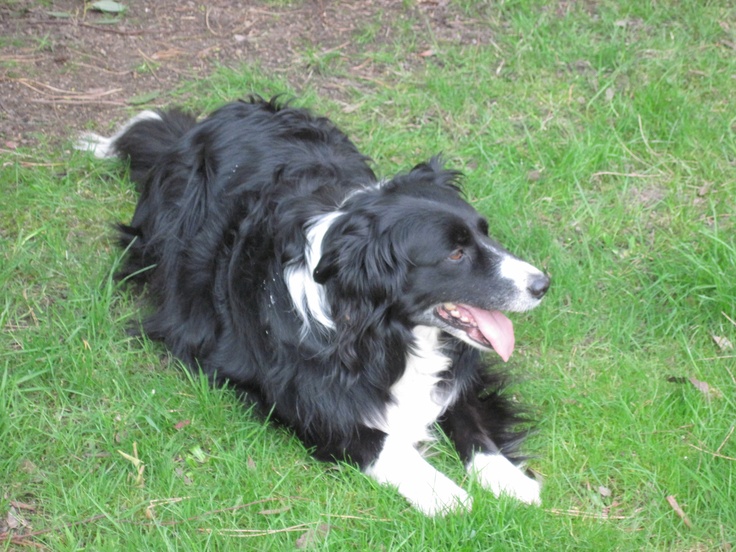
Here is our recommended barrier or agility setup for your border collie that won’t require lots of space.
There is this tunnel sold in pet stores everywhere you can get one for your border collie.
You can stand on one end of the tunnel and call your border collie to run through the tunnel.
This is a simple way to tire out your border collie but should not be abused to avoid muscle soreness.
You can also run with your border collie and ask him to go through the tunnel while you wait for him at the other end.
Take your time to master it as you will need it going forward, here is my recommended tunnel for your border collie.
Do you live in a house that has concrete slab stairs or wooden stairs, you can use that to tire out your border collie!
This is a simple exercise, just teach your border collie to run up and down the staircase either indoors or outdoors.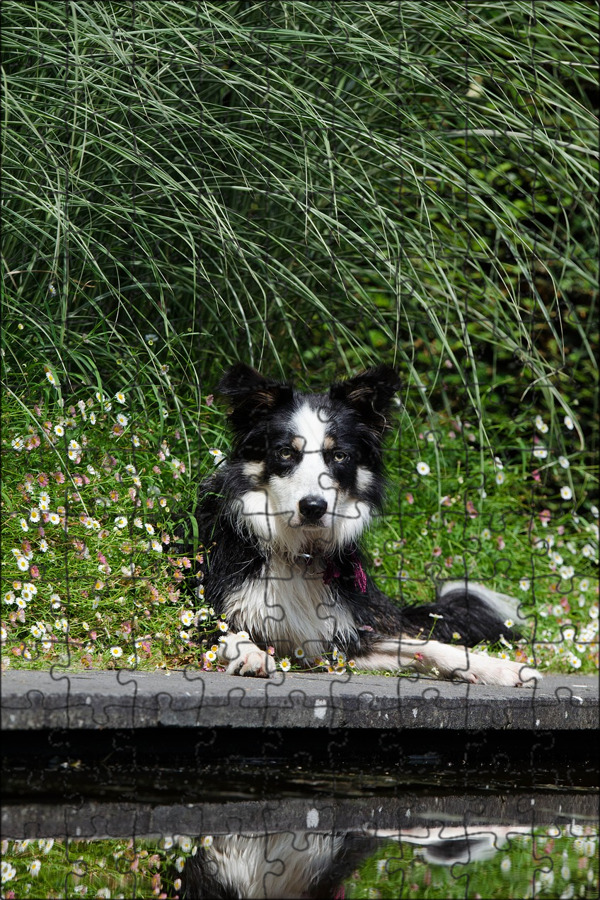
Be careful not to overdo things to avoid muscle soreness.
If you don’t have a staircase you can talk to a local wooden shop close to you to produce a 4 to 6 step staircase for your border collie.
Not only do border collies need physical activities or exercises they also need mental stimulation activities.
You can start by teaching your border collie some basic commands or training.
You can do rollovers, sit, climb, heel, etc. All these commands will help your border collie stay mentally and physically fit.
Ask your border collie to rollover 3 times in a row and reward them. Always be calm when teaching them any tricks.
This should be a simple way to tire out your border collie, don’t make things complicated.
Hold treats in one hand while you ask your border collie to climb or jump on the sofa up and down up to 6 times or more.
Again do not misuse it or overdo it, always know when to stop.
Make sure your border collie understands that it is just for exercise reasons and not everyday stuff.
This must not be a sofa it can also be a lower height table or chair and can be done indoors or outdoors.
You can use your hand to point at where you want them to climb up and down then reward them.
Less assume you have some spare time you can set up daily training sessions for your border collie.
This should be a simple task around your house or outside.
During this session, you practice all you have taught your border collie to help them get better at commands.
This includes stopping, running, heel, going, lying down, pawing, etc. You can use that opportunity to teach your border collie new tricks.
Play tug of war with your border collie as a way to tire them out with a long, durable rope toy.
Clothing, particularly socks and shoes, should not be used for tug of war, since your border collie can ingest them.
As your puppy associates chewing with a game, this might foster bad behaviors like chewing on clothing.
To practice the “let go” command, play tug of war with your border collie and give him a little treat if he listens correctly.
Because your Border Collie puppy has a good sense of smell, activities that include finding food and toys will appeal to their urge to discover prey.
You may play games with your puppy indoors or out by concealing a treat or a piece of dog kibble and letting him discover it.
This is also an excellent time to practice instructions such as remain and come.
Hide behind a door or a piece of furniture and yell out your puppy’s name to play hide and seek.
They’ll strive to locate you, and you may reward them with praise or a little treat if they do so successfully.
Read more: 9 Common Border Collie Behavior Problems & Tips.
Daily walks are very important for border collies.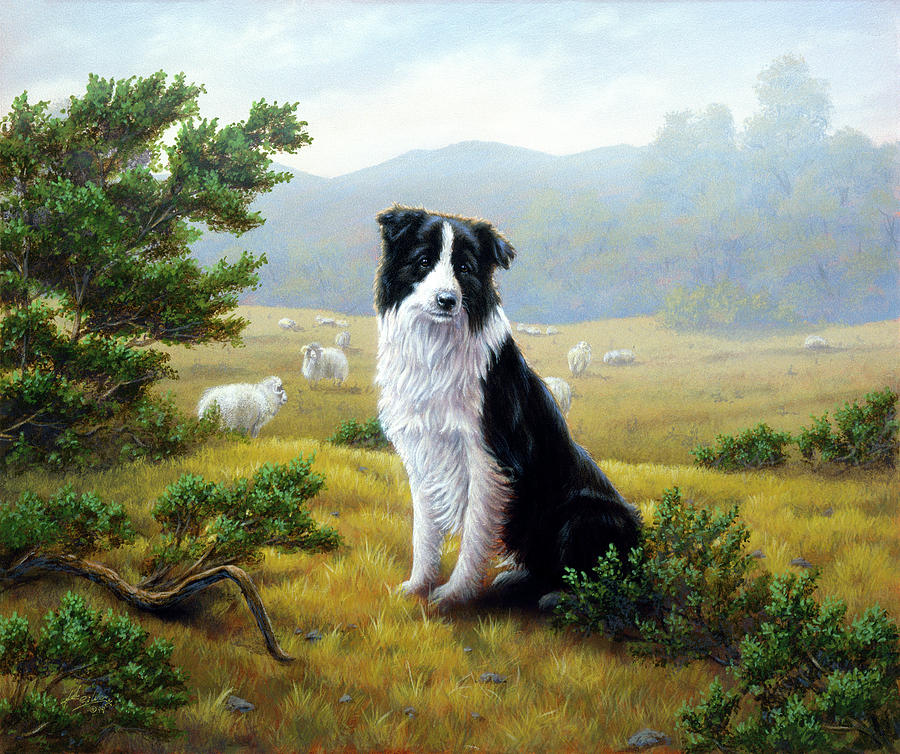
Border Collie puppies are extremely energetic and were bred to be working dogs in the first place.
Therefore they have a strong desire to work and obey commands.
While it is great to exercise your puppy outside, daily walks can help drain your border collie.
Border Collie pups are energetic and can exercise for an hour or more every day.
Although there is no fixed amount of activity that they require, a reasonable rule of thumb is that your puppy requires five minutes of exercise twice a day for every month of age.
Swimming is a fantastic cardio activity for your Border Collie, and many of them like it.
You may take your border collie puppy swimming at a dog-friendly location such as a beach or pond.
Keep an eye on your border collie puppy and observe any standards or restrictions that apply in that region.
Although some border collie are natural swimmers, you may need to train them to swim.
When most Border Collies are good swimmers, you may buy a doggy life jacket to assist them float while swimming.
Read more: 13 Hacks on How To Discipline a Border Collie.
You may have purchased a Border Collie puppy in the hopes of having a training and exercise companion.
Early on, you may begin training your new puppy to exercise alongside you so that they can become lifetime training partners.
Increase the duration or distance of your exercise program gradually over time, keeping an eye on your puppy to ensure he isn’t overworked.
As your puppy gets older, a reasonable rule of thumb is to increase your workout by five minutes per month.
Taking your border collie for a run can prevent boredom and depression.
There are lots of dog parks around, you can ask neighbors for a close location.
This should be one of your last option on how to tire out a border collie.
Make sure your border collie is on a leash while you are heading to a dog park, allow your border collie to explore the environment and get use to it.
Finally…
Which ever method you are using to tire out your border collie, make sure you do it in moderation.
Don’t overdo things as it can bounce back on you, don’t over exercise your border collie.
There are ways to keep your border collie busy while you are away.
Formerly bred in England for sheep herding, Border Collies are energetic by nature and require plenty of mental stimulation, entertainment and exercise. Most Border Collies, however, are no longer considered to be “working” dogs. They have taken on the role of companion and need to be kept busy to avoid them from developing unfavorable behavior. In other words, Border Collies need more than just a daily walk – they require daily excitement and entertainment to stop Border Collie boredom!
Below, we have listed 4 creative ways to entertain your Border Collie, including some indoor activities when going outside is not possible.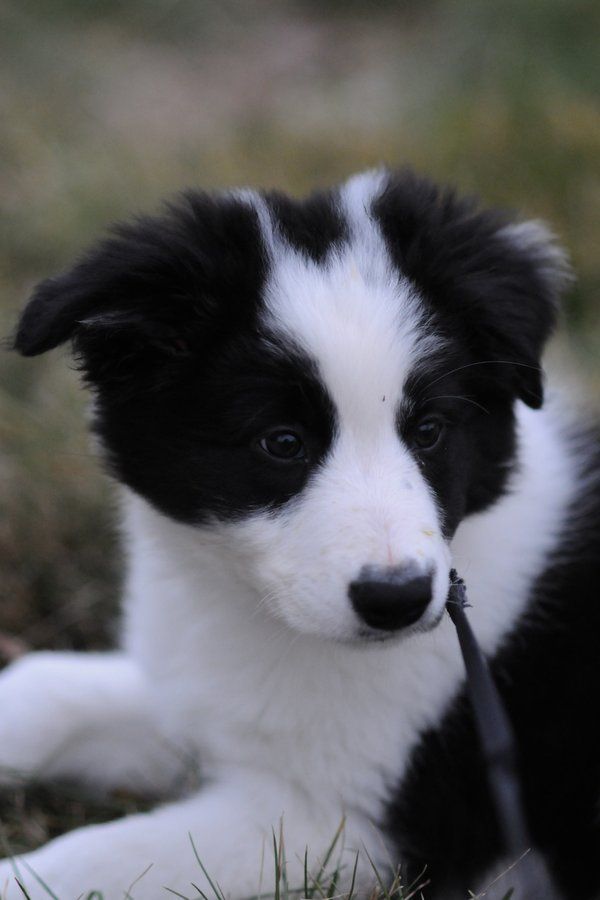 Keeping your Border Collie mentally stimulated is so important, and can help reduce the likelihood of destructive behaviours and biting and nipping.
Keeping your Border Collie mentally stimulated is so important, and can help reduce the likelihood of destructive behaviours and biting and nipping.
Scatter feeding and toy stuffing is excellent for mental stimulation. For scatter feeding, start with placing dry kibble or treats into a toy dispenser and let them try to get it out. Border Collies are very bright, however, and you may need to make the game a bit more challenging by hiding their treats around the house instead. Make it incrementally more difficult to keep them engaged and interested.
To do this, the only command you really need to have perfected is “stay” as you go and hide a treat for them to seek. With our Collies, they took to the game and understood it pretty much instantly. We’re quite competitive by nature so end up hiding treats in the most random of places (like the bathtub) and they have yet to lose a game!
One thing that we find works brilliantly when you’re not quite up for playing a game of treat hide and seek are these foraging snuffle mats from Amazon.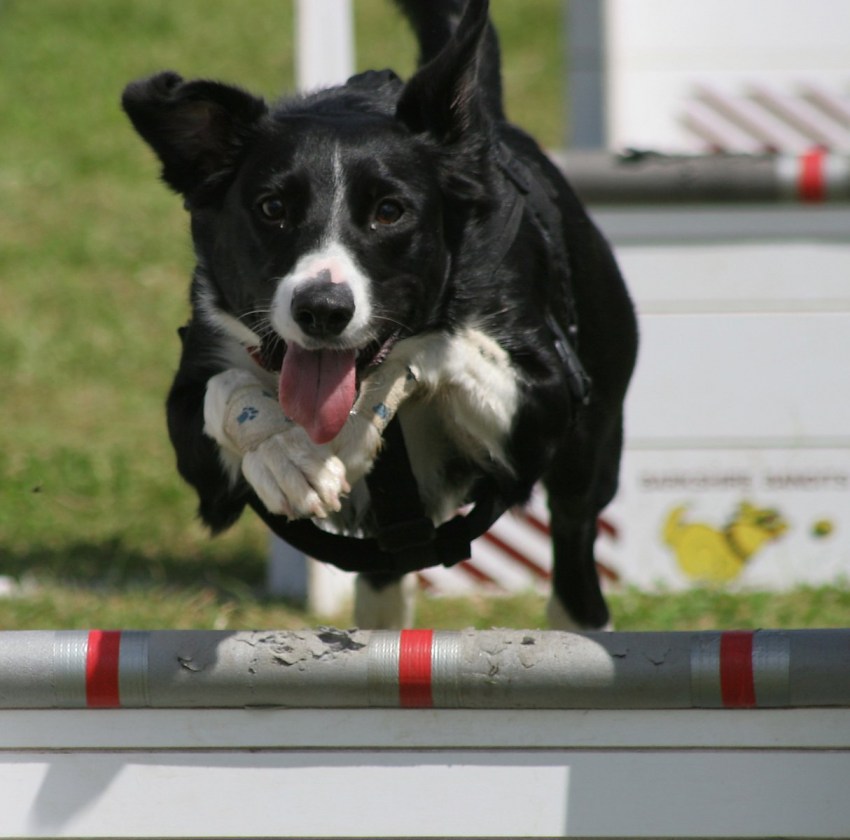 They’re relatively inexpensive and are a really simple way of making a little lunchtime snack just that extra bit interesting for our Collies.
They’re relatively inexpensive and are a really simple way of making a little lunchtime snack just that extra bit interesting for our Collies.
Toy stuffing also works great if you are looking for something less active, but that will still keep your Collie busy. For example, you can smear (natural) peanut butter on the inside of a Kong toy and let them lick it out. Kong toys are popular among dog owners as they have a unique design that allows for an unpredictable bounce, and they are available in various sizes. During the warmer months, you can also freeze different things inside Kong toys (we’ve even tried homemade soup!). This is a great way to fight Border Collie boredom while helping them to keep cool.
If you do not have something similar to a Kong toy, hiding some treats inside of an old tennis ball also works wonders. You can also freeze treats inside ice cube trays and create a game that requires both persistence and patience as they wait for the treats to melt from the ice.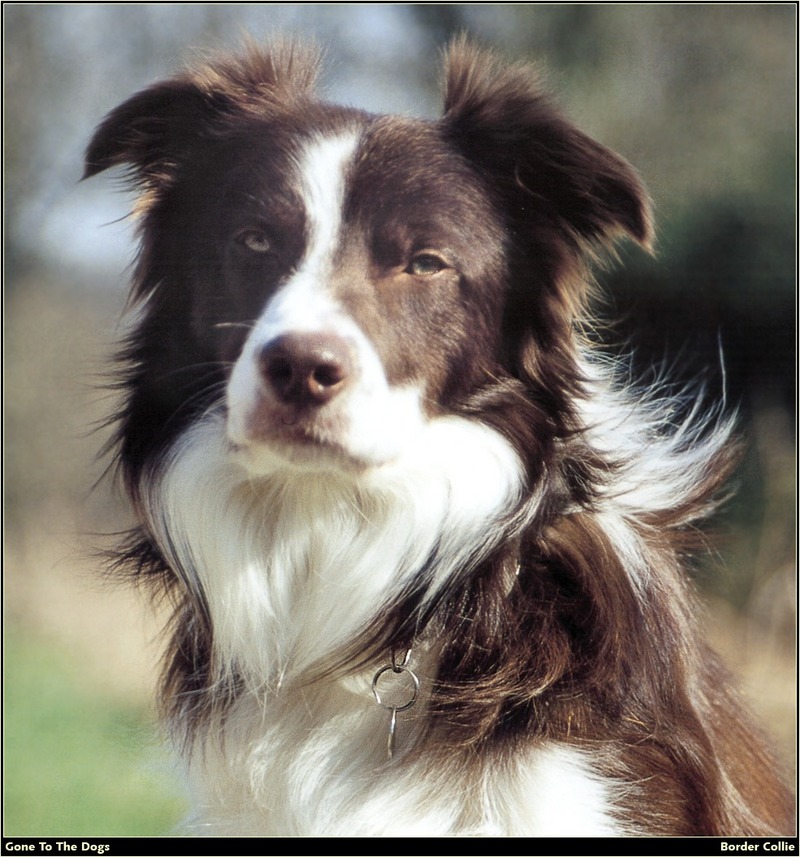
If your Collie enjoys scatter-feeding or you often play games using treats, a great way to avoid overfeeding your pup is to use a portion of your dog’s daily food intake.
Agility training is a great way to not only burn off excess energy but also teach your dog invaluable obedience skills while helping to keep them entertained. It’s an engaging exercise for both you and your dog, and Collies are well known to excel in agility competitions.
Agility training is beneficial to Collies both mentally and physically. It also gives you the chance to build your bond and create trust between the two of you. As their handler you will be required to guide your dog through the course, developing their off-leash and obedience skills.
If joining a club and formally competing is not for you, you can still enjoy training at home by buying a basic agility course or using everyday household items to create your own.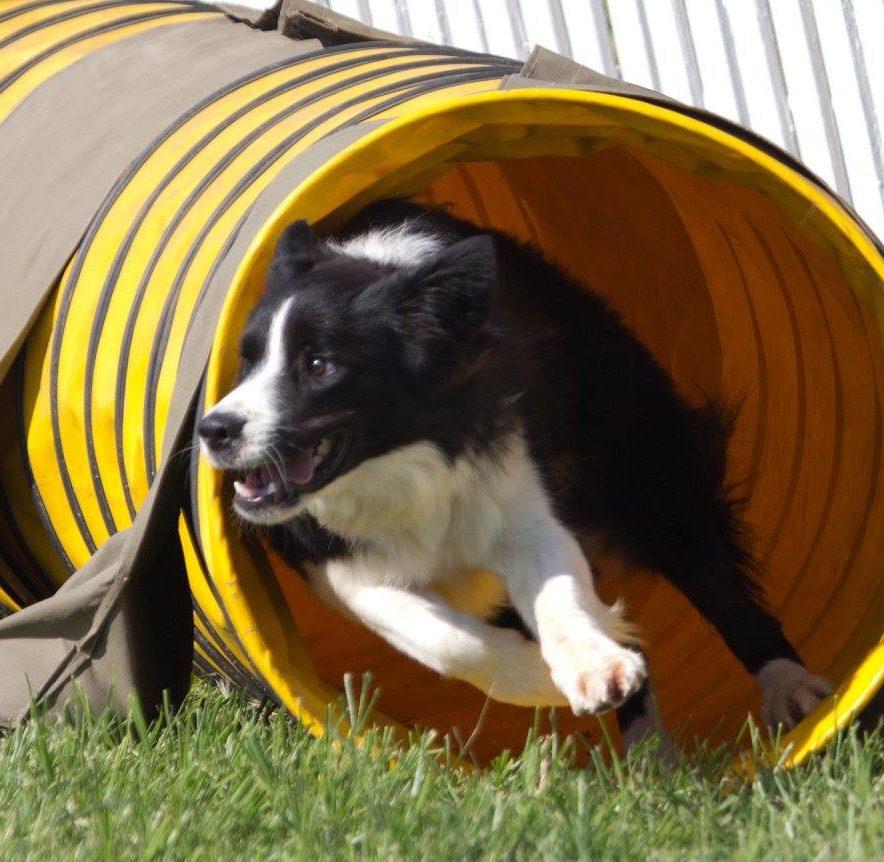 The basic elements of an agility course consist of jumps, tunnels, weave poles, and a pause table. If you’re DIY inclined, these can be easily put together using PVC pipes and palette wood over a weekend.
The basic elements of an agility course consist of jumps, tunnels, weave poles, and a pause table. If you’re DIY inclined, these can be easily put together using PVC pipes and palette wood over a weekend.
That said, a few jumps like these ones on Amazon and an agility tunnel will probably give you enough of a taste of agility training if you want to see how you get on.
Agility training is mostly practiced outdoors but you do not need to be discouraged by bad weather. When it’s not possible to go outside you can bring elements of the training indoors by stacking a broom on some books for a make-shift indoor jump!
Daily walks are an absolute necessity for keeping any dog healthy, but additional exercise is important when it comes to burning off a Border Collies’ excess energy. Depending on their age an hourly stroll a day will simply not be enough for them.
Teaching your dog to play fetch is simple and easy to learn – it’s just a case of good recall and “drop it.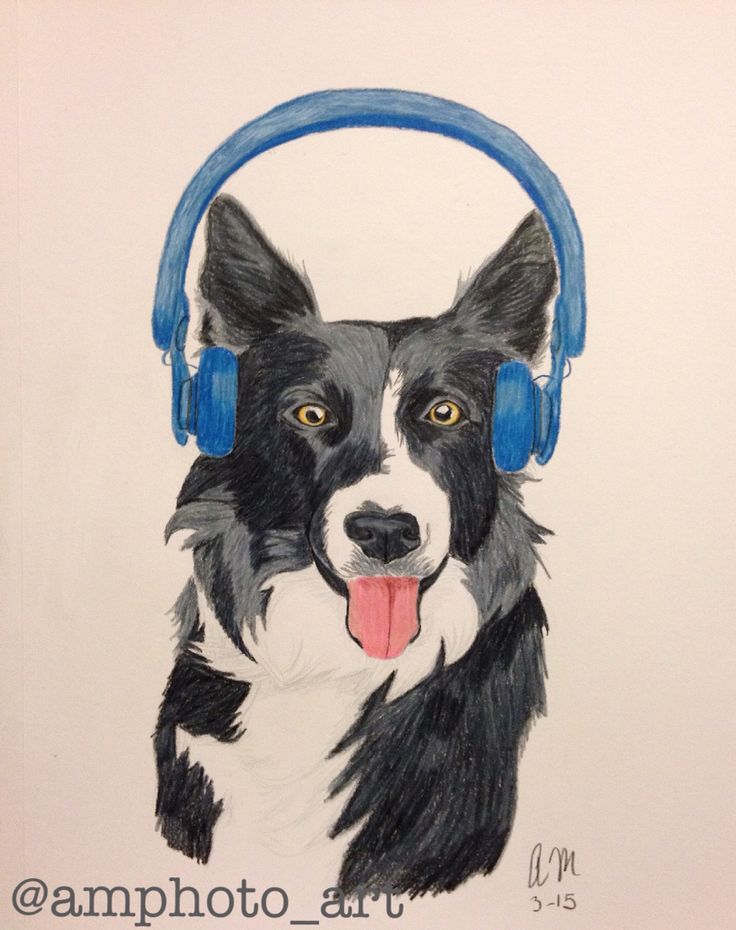 ” When it comes to Collies, with all things fetch the farther the better!
” When it comes to Collies, with all things fetch the farther the better!
There are even toys on the market that can elevate your throwing game such as stick and automatic throwers. These come in handy when you find yourself not being able to keep up with your dogs’ energy levels.
Flying disc is another popular sport when it comes to the fast and agile nature of Border Collies and there are a wide variety of frisbees to choose from that, as we can personally vouch for, go almost supernatural distances with very little effort!
Border Collies are incredibly intelligent and could become easily bored if they are not provided with toys and puzzles to keep them mentally stimulated.
One way to beat the boredom and to keep them engaged with their toys is to adopt a toy rotation routine. Rather than overwhelming your Collie with a large collection of toys, categorise them into smaller groups and alternate the days that you allow your dog to play with them.
It is also important to consider the type of toys that you purchase.
For many people keeping their dog busy while they are at work is crucial, so it is worth investing in toys that do not require you to be present all the time.
While playtime is a great bonding experience it is not always possible when we have other responsibilities that keep us from home for extended periods.
Toys such as treat puzzles will challenge them mentally (and are super funny to watch!), while something like a tug-of-war toy that you can tie to a post or pillar will allow them to play independently. We find puzzle toys also work well if your Collie suffers from separation anxiety. Keeping your Border Collie entertained may also help prevent them from digging holes in your garden.
Border Collies truly are one of the busiest and most intelligent breeds in the world so they may outsmart and outplay you at some point. It is therefore important to constantly offer a variety of both outdoor and indoor activities and provide them with opportunities to learn and develop new tricks and skills.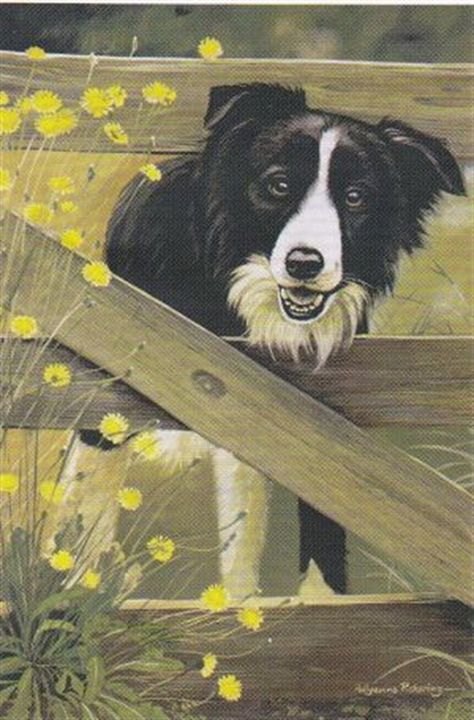
We hope that these four creative ways to entertain your Border Collie have provided you with some food for thought when it comes to keeping your Collie mentally stimulated and occupied.
If there’s one takeaway we’d like any reader to come away with, it is this. Border Collies are simply fab, and while you may sometimes feel that it’s difficult to keep them occupied, just remember one thing: as long as you’re putting in the effort, then you’re unlikely to go far wrong! You may also want to consider taking up jogging with your Border Collie as we’ve found this is a great, time-efficient way to make sure that your Collie is well exercised.
The content on this page may contain affiliate links, so we may earn money from the links included in this post.
1. BEST DOG TOY
Ok, it’s a bold statement, but I think that this interactive dog puzzle toy is absolutely brilliant!
2.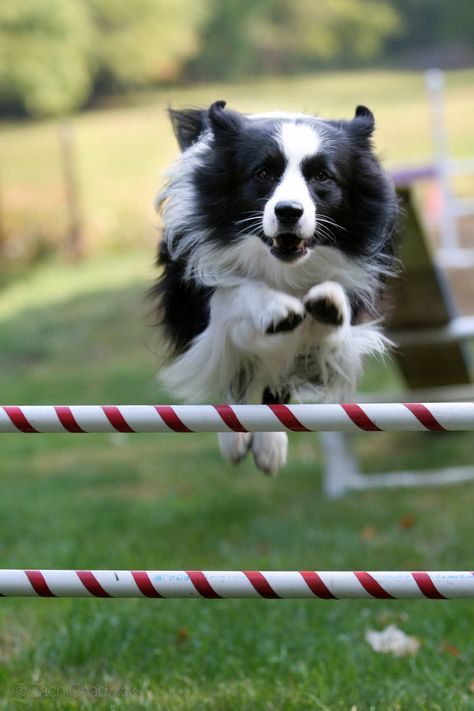 BEST BOREDOM KILLER
BEST BOREDOM KILLER
We all know Collie’s love to be … challenging! Give them this snuffle mat and you’ll get at least 10 minutes peace!
3. BEST SHAMPOO FOR YOUR COLLIE
We’ve tried absolutely loads of different types of shampoos and dog conditioners. Save yourself some time and try our favourite brand – works a treat!
There are still people who remember how in the 1990s an innocent, still practically Soviet market was tried to penetrate baby food called Bledina. By the way, such good food - but "Bledina"! Everyone giggled, but few bought. The penetration attempt failed.
Photo: PhotoXpress.ru
Photo: PhotoXpress.ru
Or take a Moody dog. It's a great dog - but mudi! Yes, in our country the emphasis in this word is proposed to be placed on “and”, as it were in French. But the breed is Hungarian! And in Hungarian, the stress usually falls on the first syllable.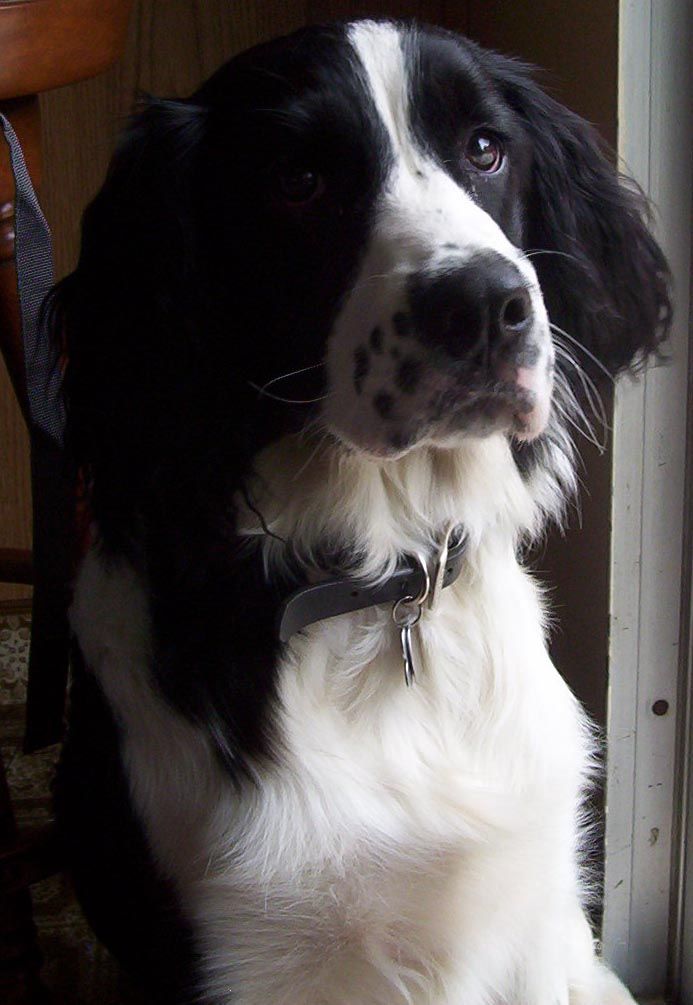 However, the Russian language is great and powerful, so no matter where you put the emphasis, it still doesn’t work out very well.
However, the Russian language is great and powerful, so no matter where you put the emphasis, it still doesn’t work out very well.
One way or another, mudi are rare in our country, breeding of this cute breed (about 500-1000 dollars per puppy) is done by a couple of breeders at most. Is it really all about the dubious name? It is unlikely - here are some grunendals, porselens or tervurens sound much more refined, and we also have one or two of them and counted them. Although more than the poor mudi. Which, to be honest, and at home is not an excess. But still, they exist in Hungary, they come across in other Europe and in America, where they are not only loved as friends of a person, but sometimes they are also provided with work: the mudis are talented at sniffing out drugs and helping rescuers find people under the rubble. Of course, the Moody has an excellent sense of smell - however, almost all dogs have it. But not all dogs are distinguished by Mudi's mind, diligence, endurance and desire to be useful.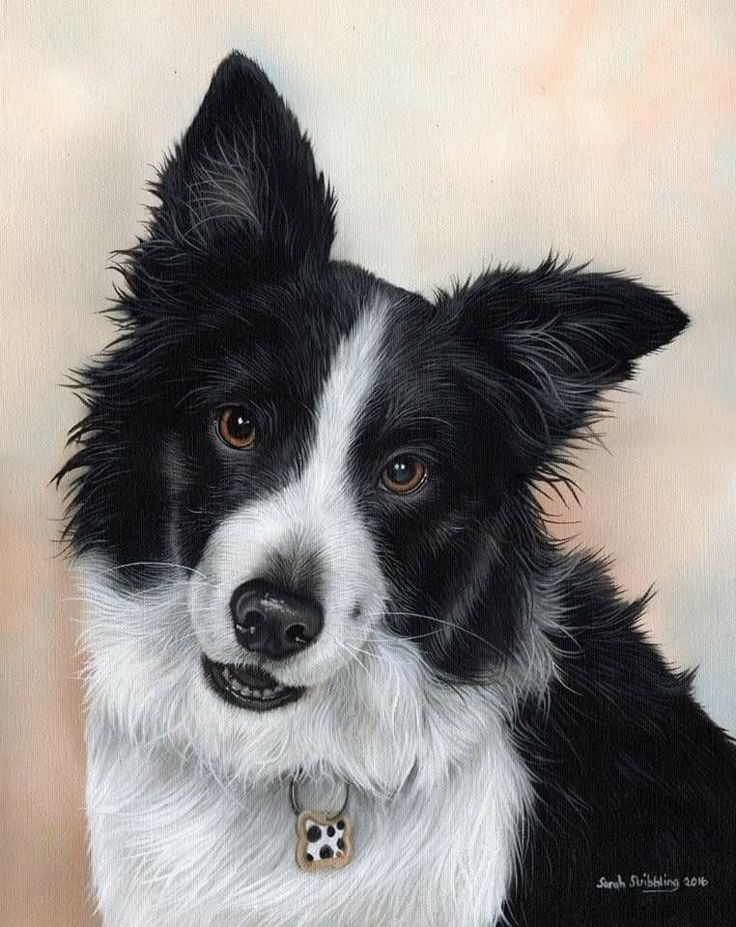 Moreover, small dogs are rarely distinguished by this, and mudi is just very small. Forty centimeters in height, about a dozen kilograms in weight - not a pocket dog, of course, but not a giant either. But modest size never prevented Moody from doing his duty. And his historical duty is to be a good sheepdog. That's why they took him out.
Moreover, small dogs are rarely distinguished by this, and mudi is just very small. Forty centimeters in height, about a dozen kilograms in weight - not a pocket dog, of course, but not a giant either. But modest size never prevented Moody from doing his duty. And his historical duty is to be a good sheepdog. That's why they took him out.
Although, in fact, no one specifically deduced Moody, at least until the 19th century. It just somehow happened by itself - the shepherds needed universal dogs that could not only herd anyone, but also protect the herd from wild animals or evil people, but at the same time economical, so as not to go broke on food. Yes - and I would also like the shepherd dog to be a cheerful companion, able to guard the house, cleverly catch rats and mice, be able to protect the owner, on occasion could go hunting for whom they say and at the same time would take care of the master's babies. It seems that the only thing Moody was not required to do was cross stitch.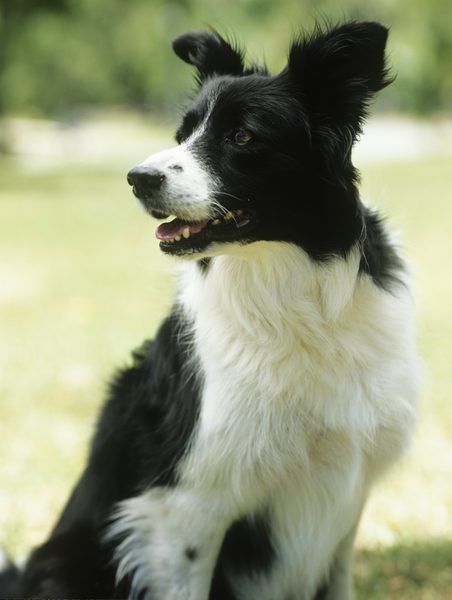 And maybe they didn't ask for nothing.
And maybe they didn't ask for nothing.
Officially, the Moody is considered a rather young breed, known only from the century before last and recognized by various cynological organizations even later, in the first half of the last century. However, in fact, in Hungary and neighboring countries, such dogs seem to have been found in the Middle Ages, just then no one considered it necessary to single out common shepherd dogs as a separate breed. Where they came from is hard to say. Perhaps, somewhere in the fields and meadows there were extremely similar to the mudi and very ancient Croatian shepherd dogs, German shaffudels, which, contrary to the name, are not so much poodles as professional sheep overseers, cheerful Hungarian shepherds pumi and others hung from head to toe with dreadlocks. little Hungarian shepherds, bullets. And there, most likely, some Belgian Shepherds - perhaps a Malinois - and border collies, considered the smartest dogs in the world, have visited. Well, and probably someone else, the shepherds did not control the mating of their independent pets too much.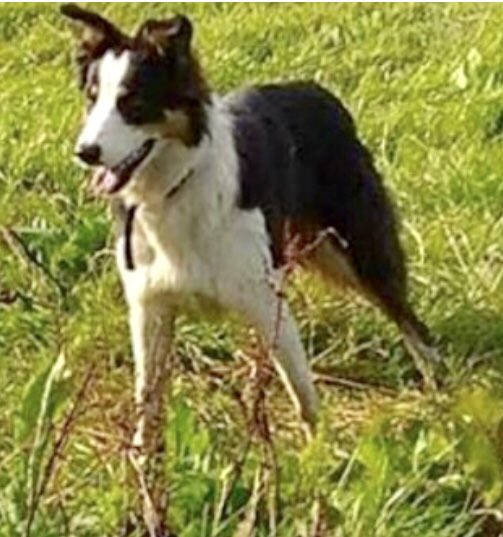 They simply selected the most capable of the resulting puppies, and all this went on for centuries. This is how, in the end, they formed mudi, dogs, talented in every way.
They simply selected the most capable of the resulting puppies, and all this went on for centuries. This is how, in the end, they formed mudi, dogs, talented in every way.
And very funny in appearance. Moody language does not dare to call a dog of amazing beauty, they are not at all elegant and refined. And all because of the wool - short, smooth, even sleek on the head and quite long and curly on the rest of the carcass. This strange coat gives the Moody a barrel-like appearance that it doesn't really have. If you shave the Moody, she will be slim and even lean, but why shave her? Her curls are her passport.
In addition to the exclusive coat, the Moody has large triangular protruding ears, intelligent almond-shaped eyes and a tail of arbitrary length, sometimes luxurious and fluffy, and sometimes rather unintelligible. However, the tail is far from always present - sometimes, in countries where it is still permissible, it is stopped, and some mudis are born short, they are allowed to. How color variety is allowed to them: these Hungarian Shepherd Dogs can be black, white, brown, ashy, yellowish or marbled, spotted - any color suits them. Because such a cheerful and benevolent face is generally anything.
How color variety is allowed to them: these Hungarian Shepherd Dogs can be black, white, brown, ashy, yellowish or marbled, spotted - any color suits them. Because such a cheerful and benevolent face is generally anything.
Moody enjoys life so much that a happy smile almost never leaves his face. With this smile, he grazes cows, sheep, pigs and even ducks with geese, and if they do not obey him, he can bark loudly or even lightly pinch stubborn cattle. However, stubborn cattle sometimes crave revenge - and if there is nothing particularly terrible in a vengeful duck, then a cow or even a sheep kicking a small dog can be beaten to death. Therefore, mudi became nimble, flexible, dexterous, jumpy, quick-witted, and even learning from their mistakes, which helps them not only in shepherd work, but also in hunting.
However, now more and more people get moody not for work, but just for the soul. And for the soul, he also fits perfectly: in this dog, independence is strangely combined with an incredible attachment to the owners.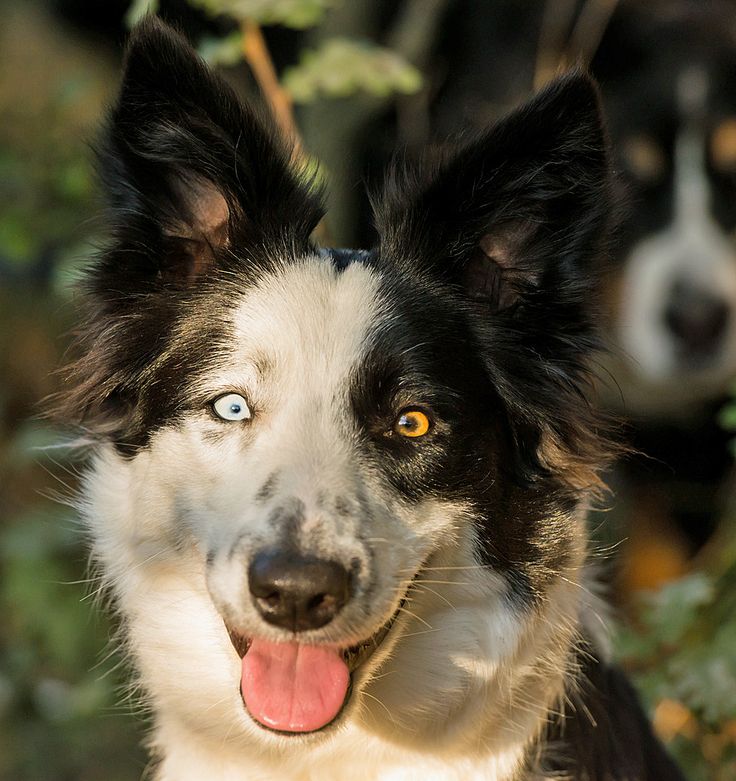 Moody doesn't just love his people, he needs them and hates being alone. He is not intrusive and not annoying, he just needs his people to be somewhere nearby, and he will somehow get them. By the way, it happens that young Moody, trying to knock down the master's children in a bunch, allow themselves to lightly pinch them on all parts of the body - just like working Moody do with the sheep they supervise. So, this kind of behavior should be stopped. However, there are usually no problems with the upbringing of mudi, these dogs look right into the mouth of the owners. The only thing that can slightly slow down the educational process is excessive canine emotionality: it can be difficult for a moody to sit still, he wants to run somewhere and do something, but it’s difficult for him to quietly listen to the master’s teachings, and even boring. Therefore, before studying, it would be good for Moody to walk properly so that the dog gets a little tired and is more assiduous. Although, to be honest, it is not easy to tire the Moody.
Moody doesn't just love his people, he needs them and hates being alone. He is not intrusive and not annoying, he just needs his people to be somewhere nearby, and he will somehow get them. By the way, it happens that young Moody, trying to knock down the master's children in a bunch, allow themselves to lightly pinch them on all parts of the body - just like working Moody do with the sheep they supervise. So, this kind of behavior should be stopped. However, there are usually no problems with the upbringing of mudi, these dogs look right into the mouth of the owners. The only thing that can slightly slow down the educational process is excessive canine emotionality: it can be difficult for a moody to sit still, he wants to run somewhere and do something, but it’s difficult for him to quietly listen to the master’s teachings, and even boring. Therefore, before studying, it would be good for Moody to walk properly so that the dog gets a little tired and is more assiduous. Although, to be honest, it is not easy to tire the Moody.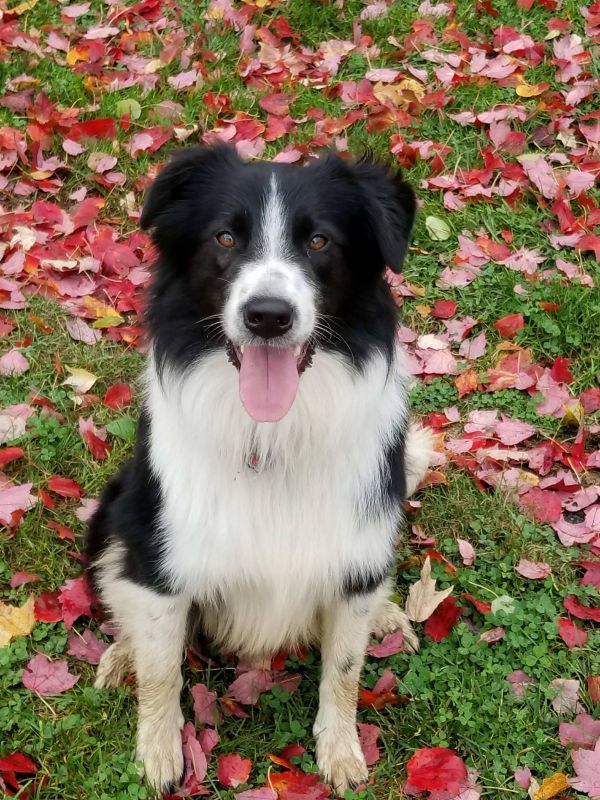
They are happy to learn even “for nothing” — they usually don't need any special motivation, verbal praise is enough. However, the Mudi will not refuse a treat or a new toy either, they perceive everything with delight and gratitude. Except, of course, rough treatment.
And idleness. Moody are active and adventurous, and if you do not have a herd of sheep for them or at least a couple of ducks in need of supervision, you will have to find a suitable activity for the dog, at least agility or an advanced training course. Moody, whose mind and body are in idleness, can become a rather problematic household - he is bored, so he has fun tearing sofa cushions, destroying shoes, peeling wallpaper. Therefore, people who spend their lives at work should not start mudi - you need to walk and exercise a lot with this dog, and only then this dog will be as it should be, that is, happy, cheerful, balanced and sweet. True, quite noisy: the Moody are used to controlling the herd with a loud and sonorous bark, and the habit of shaking the air has remained with them. Therefore, mudi are considered not very comfortable inhabitants of a city apartment - neighbors may be indignant.
Therefore, mudi are considered not very comfortable inhabitants of a city apartment - neighbors may be indignant.
But for a country house, Moody is an ideal dog. But exactly what is for the house, life in the booth is not for her. In the kennel, she will be desperately sad, because she, all so smart, freedom-loving and independent, in fact, with all her ten kilograms is directed towards the people she adores. Moody does not see himself as a watchdog, only as a full member of the family, no worse than others. But it’s no better either - most mudis do not have a tendency to dominate, they do not seek to seize leadership positions and dictate their will to everyone. This dog does not need to be put in his place. You can just be friends with her on an equal footing, she will not become impudent. Except just a tiny bit.
The Hungarians say that the Mudi is a rare dog, but even more rare is the Mudi with a bad temper. Moody's character is really golden. Loyal, obedient, happy with everything, affectionate, not intrusive, not aggressive, but brave, tireless and friendly, they usually get along well with other pets, carefully and responsibly look after children and do not seek to get involved in dog fights. True, mudi treat strangers with a slight doubt - whether this one will not hurt the precious owners.
True, mudi treat strangers with a slight doubt - whether this one will not hurt the precious owners.
Yes, there will be a lot of work with Moody. But not in the everyday sense: in food, he is unpretentious, does not complain about his health, does not suffer from bouts of melancholy and resentment, even his funny coat does not require special care. And a couple of times a week to comb an affectionate and grateful dog - is it really work?
In our article "How much food a dog needs" * , (link at the end of the article) we have already said that, according to statistics, about 56% of dogs are overweight or obese of varying severity. This is a common problem, and it is related to the fact that in urban areas it is difficult to provide the dog with the right amount of activity.
That is why we once again urge all those who are planning to get a dog: think about whether you have enough time for long and moving walks.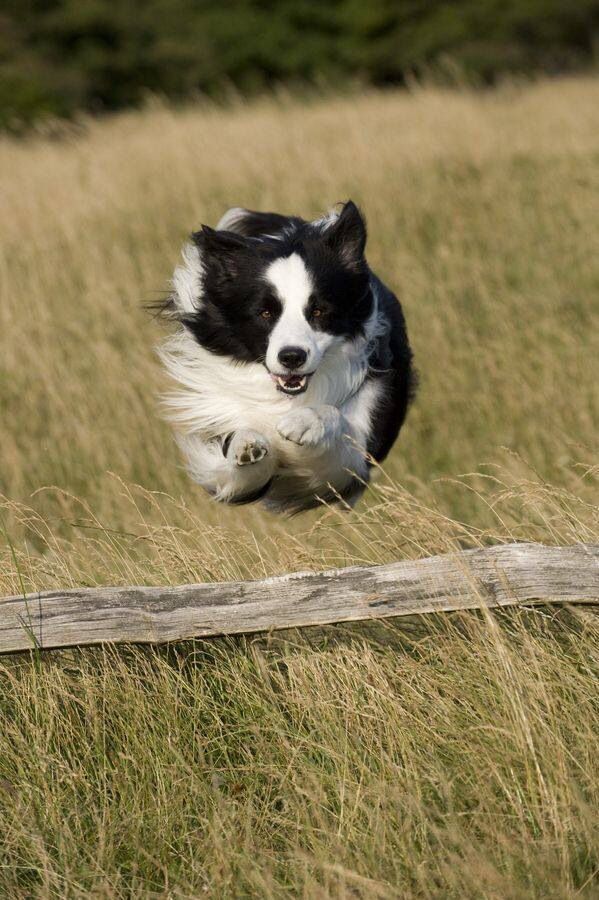 After all, two or three daily exits to the street for 15 minutes is catastrophically small. And one more piece of advice: do not try to compensate for the lack of free time by choosing the “right” breed. Any dog, both service and decorative, needs a sufficient amount of movement.
After all, two or three daily exits to the street for 15 minutes is catastrophically small. And one more piece of advice: do not try to compensate for the lack of free time by choosing the “right” breed. Any dog, both service and decorative, needs a sufficient amount of movement.

Popular in many countries training equipment for dogs consists of two rings made of elastic material, the composition of which is kept secret by the manufacturer. That is why many analogues are either too soft and can not withstand the load, or too hard (this can damage the teeth and jaws of the dog). Therefore, in this case, you should not save money - buy the original Puller.
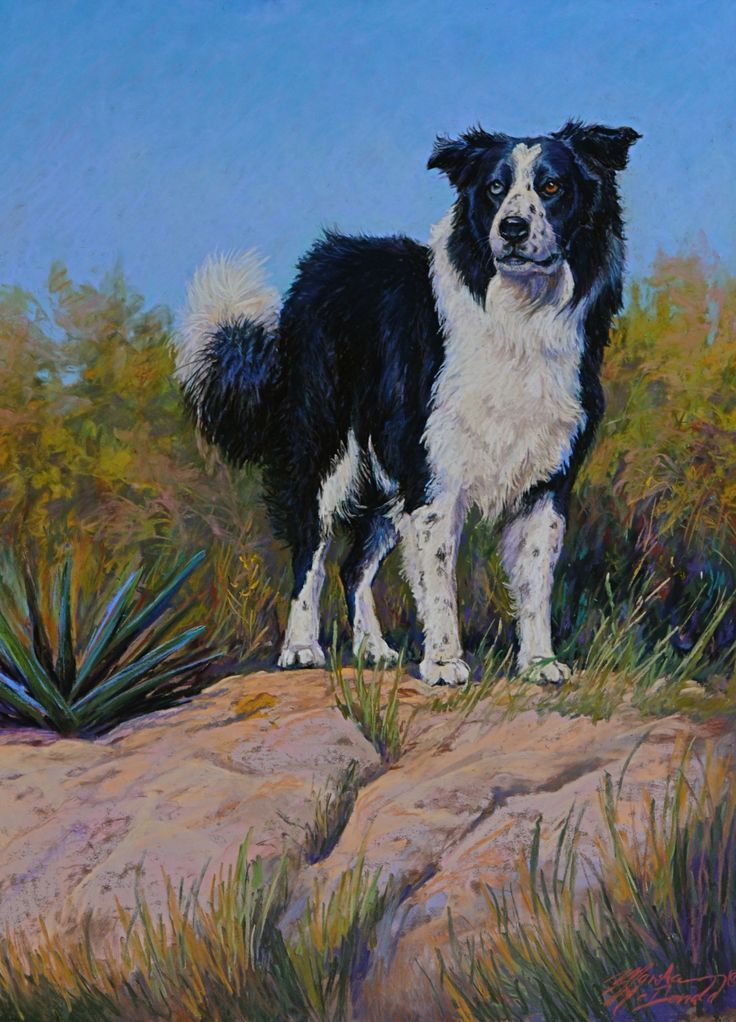
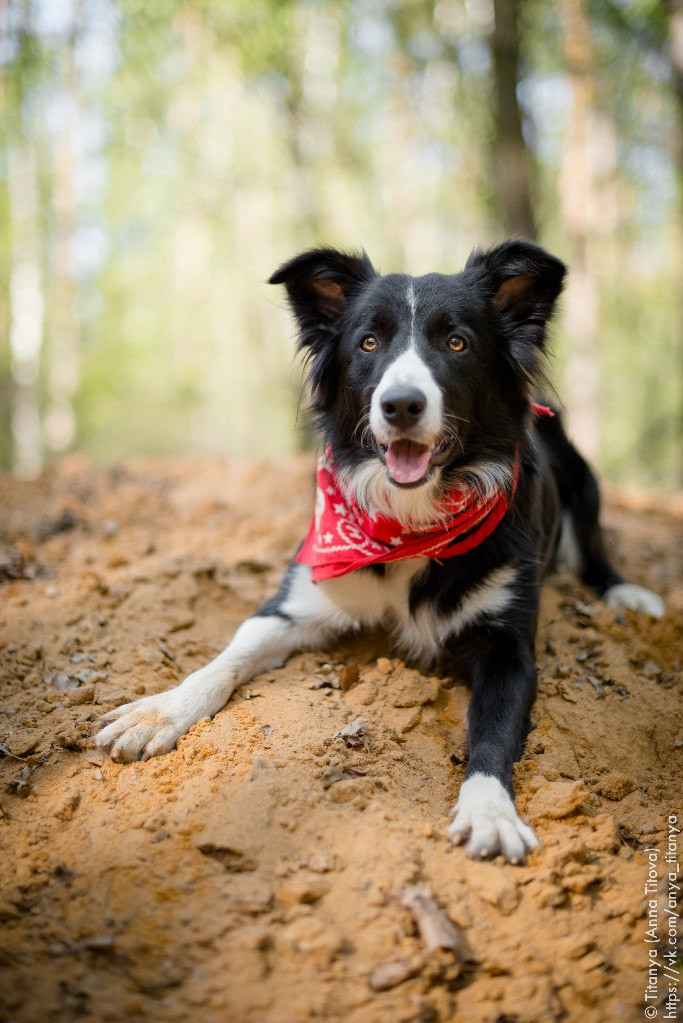 This will free your hands.
This will free your hands. The only disadvantage of Puller is related to its operation.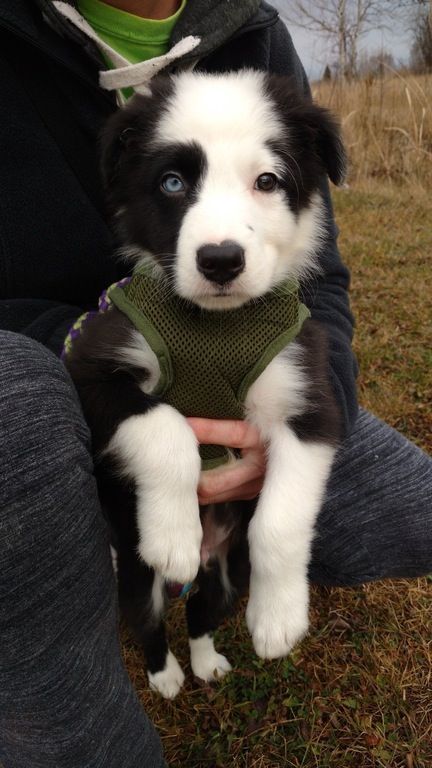 Like it or not, five minutes after the start of classes, the toy will be completely slobbered. Yes, Puller quickly loses its presentable appearance, but this does not affect its performance.
Like it or not, five minutes after the start of classes, the toy will be completely slobbered. Yes, Puller quickly loses its presentable appearance, but this does not affect its performance.
In addition to the correct grip of the Puller, it is necessary to choose the right size for the breed of the dog. If your dog is "on the border" between two sizes, buy the larger one.
Affenpinscher, Griffon, Yorkshire Terrier, Maltese, German Pomeranian, Pekingese, Russian Toy, Rabbit Dachshund, Toypudel, Toy Terrier, Zwergspitz, Chihuahua, Shih Tzu.
Basenji, Bichon Frize, Border Terrier, Boston Terrier, Brussels Griffon, Yorkshire Terrier, Cavalier King Charles Spaniel, Dwarf Dachshund, Chinese Crested, Manchester Terrier, Pug, Norwich Terrier, Miniature Poodle, Shiba Inu, Sky Terrier, Miniature Pinscher, Miniature Schnauzer, Schipperke.
Australian Shepherd, Beagle, Border Collie, Bulldog, Pembroke Welsh Corgi, West Highland White Terrier, Jack Russell Terrier, Kerry Blue Terrier, Cocker Spaniel, Miniature Bull Terrier, Medium Poodle, Dachshund, Fox Terrier, Sharpei, Schnauzer, Scottish Shepherd, Scottish Terrier, Entlebucher Sennenhund.
American Staffordshire Terrier, Dogo Argentino, Bernese Mountain Dog, Bull Terrier, Dobermann, Drathaar, Golden Retriever, Cane Corso, Labrador Retriever, Maremmo Abruzzo Shepherd, German Shepherd, German Boxer, Newfoundland, Standard Poodle, Giant Schnauzer, Rhodesian Ridgeback, Springer Spaniel, Airedale.
American Staffordshire Terrier, English Mastiff, Dogue de Bordeaux, Bullmastiff, Bull Terrier, Spanish Mastiff, Cane Corso, Moscow Watchdog, Newfoundland, St.